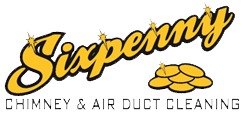Tag Archive for: chimney cleaning services
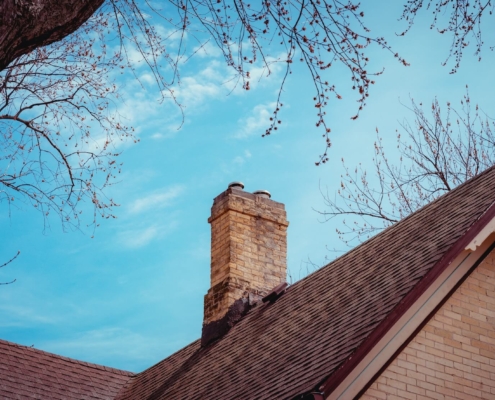
Homebuyer Beware: Spot These 6 Signs of Chimney Damage Before You Buy
/
0 Comments
Owning a home is a dream most people have and work towards. While…
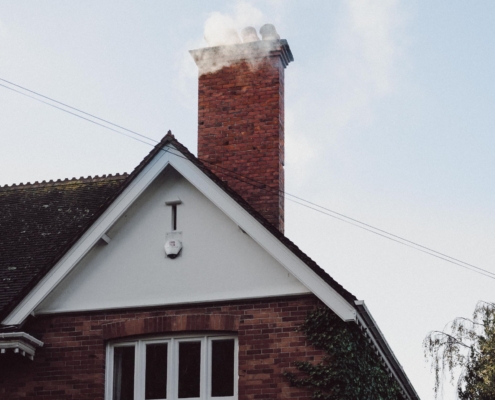
Chimney Cleaning for Different Seasons: What You Need to Know & Do
Want your chimney to work during winter? Taken care of it year round then. Discover what you need to know & do for chimney cleaning during different seasons!
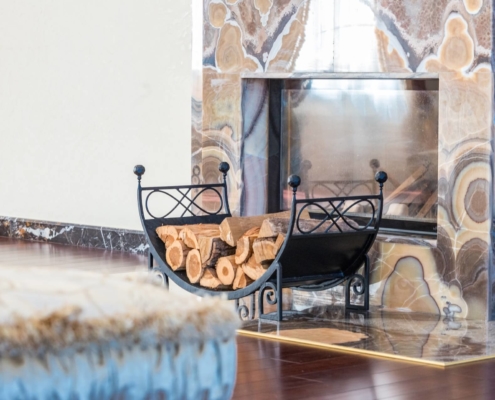
What to Ask a Chimney Professional Before Hiring Them
Regular cleaning of fireplaces and chimneys is essential. Here's what to ask a chimney professional before hiring them. Read our blog to learn more!
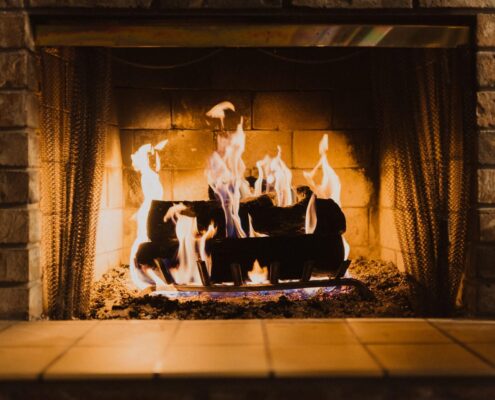
6 Reasons to Avoid Chimney Cleaning Logs & DIY Fireplace Care
When money’s tight, homeowners look for savings, and cooling…
